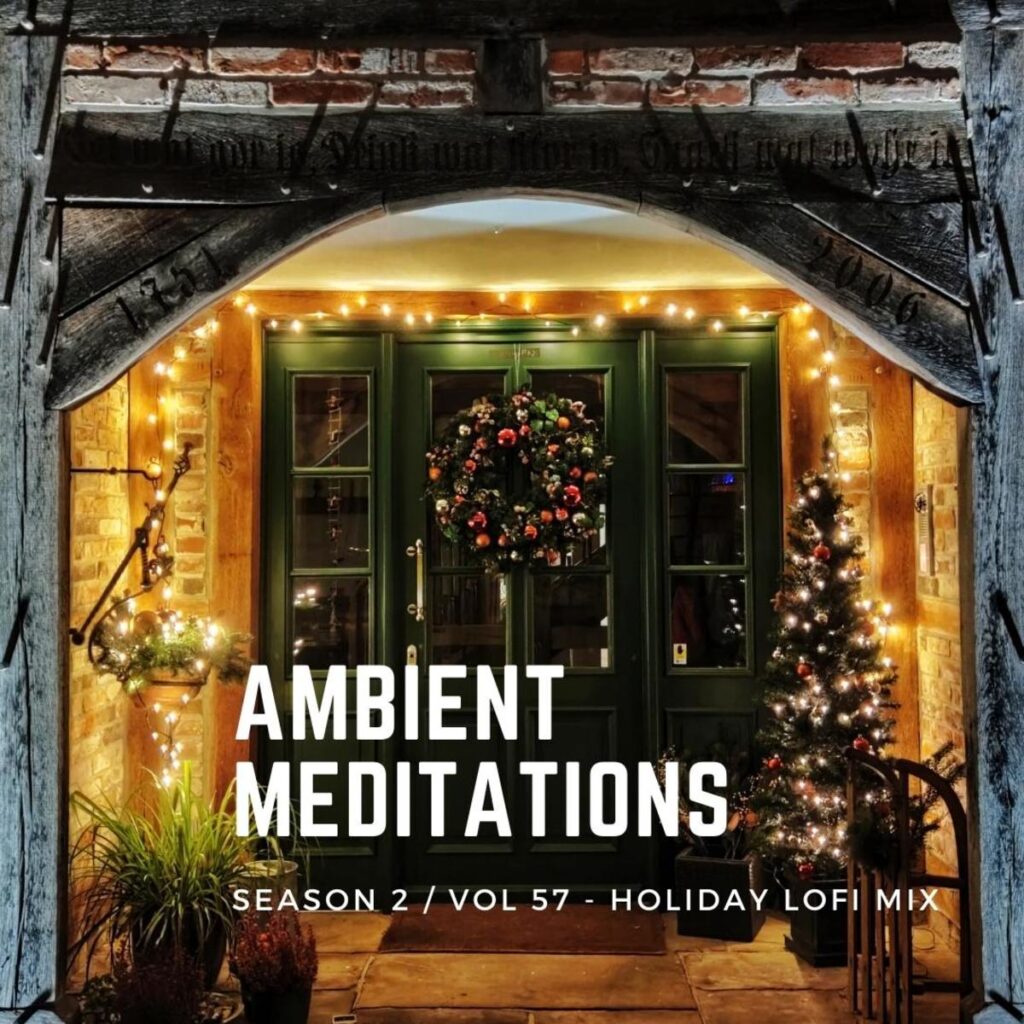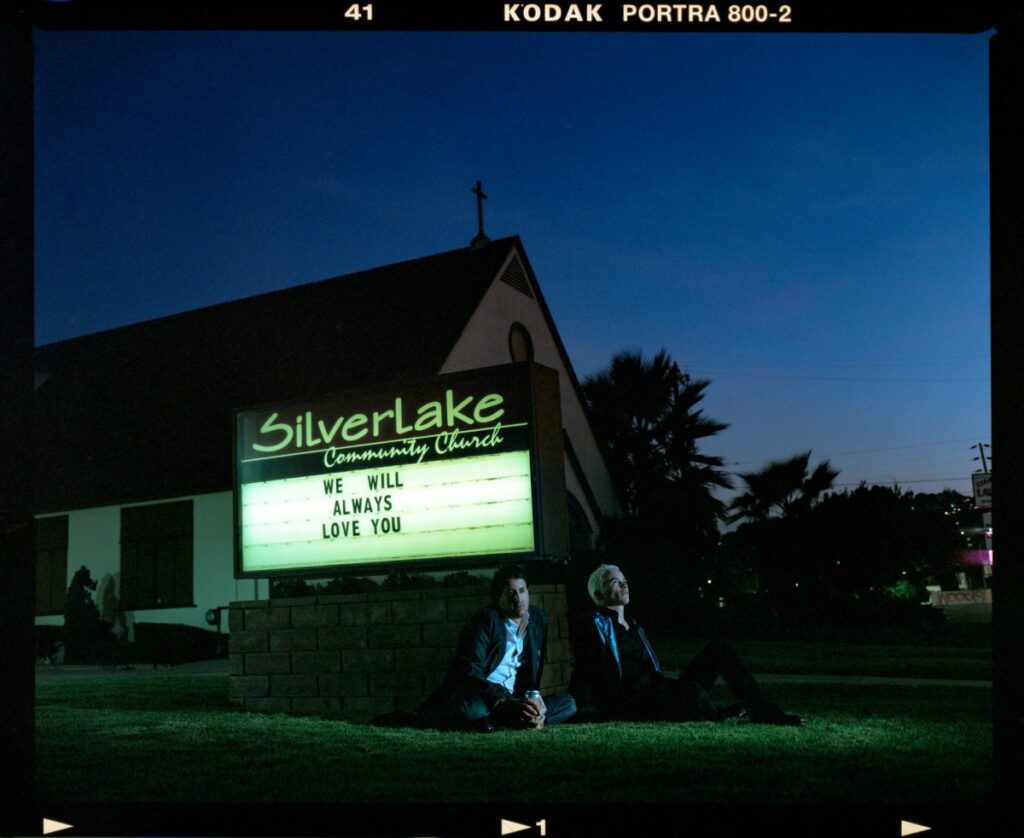Burlington-based Kai Maynard AKA ALEPH has released his debut album EGO DEATH today via Renraku. The producer has been writing and making music for the past 12 years, but only made it official to attempt it in the business in 2016. He has since released several times with Mat Zo’s MAD ZOO, among other spots. Now his debut album EGO DEATH takes the listener on a whirlwind of different intricately crafted bass. The album moves continuously with the opening section starting slow and methodically, building with softer, less pronounced records, before it gets heavier towards the apex of the middle. EGO DEATH, like the title, never looks to overwhelm, but rather seeks to disassociate with the genres it is pulling from, taking bits of influences from modern bass music, 90’s IDM, house music and ambient music.
It is at times intense and glitchy and others, quite soothing and eloquent. We wanted to find out how this project was built, so we asked Maynard to break down EGO DEATH in a new How It Was Made feature. Pick up your copy here.
General Overview:
At the time of principal writing, I was living in a small apartment in Burlington, Vermont, with a small adjoining room as my makeshift studio. I had just spent basically ALL the spare money I had on an actual copy of Ableton Live 10 (I was using a pirated version for over a decade), and was relearning the massively overhauled software in addition to Max4Live. Because having a DAW has the digital equivalent of millions of dollars of studio gear, it's actually quite feasible to develop intricate professionally engineered music on a single computer.
Despite this, with that level of precise power so readily available, it’s quite common for music made in that environment to take on a robotic “all-too-perfect” quality, with many people using the same tools to create their sound and arrangements. I’ve personally felt that kind of sound to be rather sterile and uninteresting. As a way to get outside of this, I built a small but versatile modular synthesizer over the past few years that left some of the precision and exactness to a less stable and static environment.
Here’s the full system
Given my interest in the inexact and accidental, I’m sure it’s not surprising that a big theme in my music was to embrace limitations, to lean into the imperfections of my surroundings, my equipment, and even my abilities as a musician. I wanted to use background noise from recording outside or in my untreated studio, static / fuzz from cables and overdriven circuitry, and even the out-of-time playing of drums and melody to create a sonic character unique to this project.. Additionally, since a part of the narrative my album explores was about the loss of control, I decided to build a few systems that would facilitate chaotic and random behavior. Here’s a breakdown of a few of the tools that had the largest impact at making that happen:

Full set up
ALEPH
1. RYO Optodist
This is the first module I’d like to talk about because it is probably the most common element that shaped the timbre of the record. It’s essentially an amplifier that you can crank into a really nice distortion/saturation effect. It’s generally on every sound that comes out of the modular synth as it warms things up nicely at low amounts of gain while really adding some crunch when maxed out. I would also send lots of different types of noise through it: vinyl, tape, white noise, and even the static from my own body, (like one would hear when touching a finger to an AUX cable). I could then layer them over some of the digital components to add some analog warmth.

RYO Optodist
ALEPH
2. Rings
Rings is a complex resonator network. I believe it was originally intended to model the sound of a stringed instrument, but can actually go much further. Ranging from delicate strummed guitar or harp-like plucks, into bizarre alien metallic stabs, it’s incredibly versatile. It can even be used to apply a strange resonant texture both tonal or dissonant, to any sound fed through it. I paired it with a contact mic that I would hit or scrape with keys, coins, or even my fingernails to create the strange textures found in songs like “Decomposition,” “Noise Floor” and “Essence Recall.” It really helped me add some “physicality” to the record.

Rings
ALEPH
One issue that I’ve found with my own particular modular synth architecture is that it functions less as an instrument and more as a machine that makes abstract or discrete sounds. I frequently had to take singular moments of stuff I recorded and use Ableton’s sampler/resampling capabilities to build my own instruments so that I could actually play the things I had recorded like they were an instrument.
This can be heard in the instrument I used for the main riff in “Breathe,” which is a sample of a kora that I blended with a “string” synthesized by the Rings module. I’ve always found it interesting to have this sort of asynchronous blend of acoustic and synthetic (the pseudo kalimba in “Essence Recall” is another example), allowing me to “play” instruments with aspects of natural timbre that I lack the skill to perform in the traditional sense.
3. Belgrad
A dual pole multimode filter that was really the force that shaped much of the low end content on the album. The morphing basses in “R.E.M.,” “Breathe” and “Ego Death” were all the result of using the complex filters contouring capabilities to shape my sounds.

Belgrad
ALEPH
4. Clouds
I have used this on EVERY single track. Clouds is a very powerful granular processor that can freeze a single instant of audio and expand into a spacious soundscape. It is most apparent in later sections of the song “Ego Death,” where it stretches a few single piano notes into a long washed out ambient drone. If you use it without the freezing, you can also use it to put a strange glassy texture upon whatever is fed through it, like the glitchy warping intro of “Essence Recall.”

Clouds
ALEPH
5. Rainmaker
Rainmaker is probably the most powerful delay effect I’ve ever used. With 16 taps, it’s very good at taking something static and singular and turning it into a lush echoing kaleidoscope of sound. This effect can be heard in the shimmering background textures of “Recovery,” and in the transition from “R.E.M.” into “Polymer.” Another facet of this module is that it can be programmed to randomize every single parameter it has, like timing, feedback, pitch, number of taps, panning, etc. This usually creates some rather bizarre textures, regardless of the source sound.
Going one step further, you can actually trigger the randomization function with any gate voltage, which will trigger that effect over and over again at any specified interval. This effect is largely how I made the glitches found throughout the middle section of EGO DEATH.

Rainmaker
ALEPH
6. Rhythm Generation
This is an instrument I built that produces rhythms perpetually, It can be played how you would play a piano, but each key would play a different percussive sound rather than a normal note. It will play whatever kinds of sounds you assign to it, whether they are pre-recorded samples or synthesized spontaneously. When controlled with a random arpeggiator or a random midi generator, it will cycle through all the sounds at whatever interval of repetition you have chosen, creating an evolving percussion loop that is never the same twice. It’s the backbone of the song ▌▌▌▌▌▌▌█▓▓▓▒▒▒░░░░░░░░░, and to a lesser extent was used to create asymmetric drum patterns on songs like “Noise Floor,” “Breathe” and “Retrospect.”

Rhythm Generation
ALEPH










